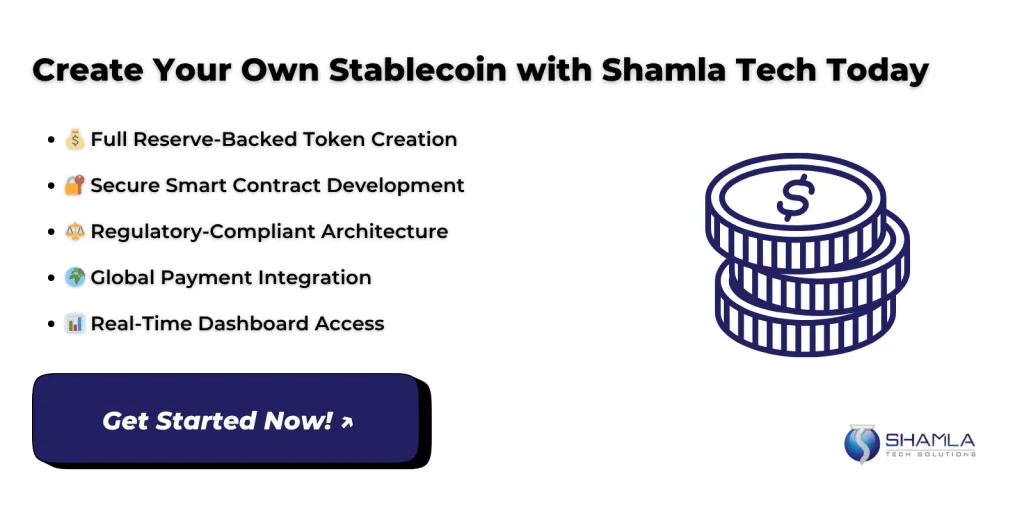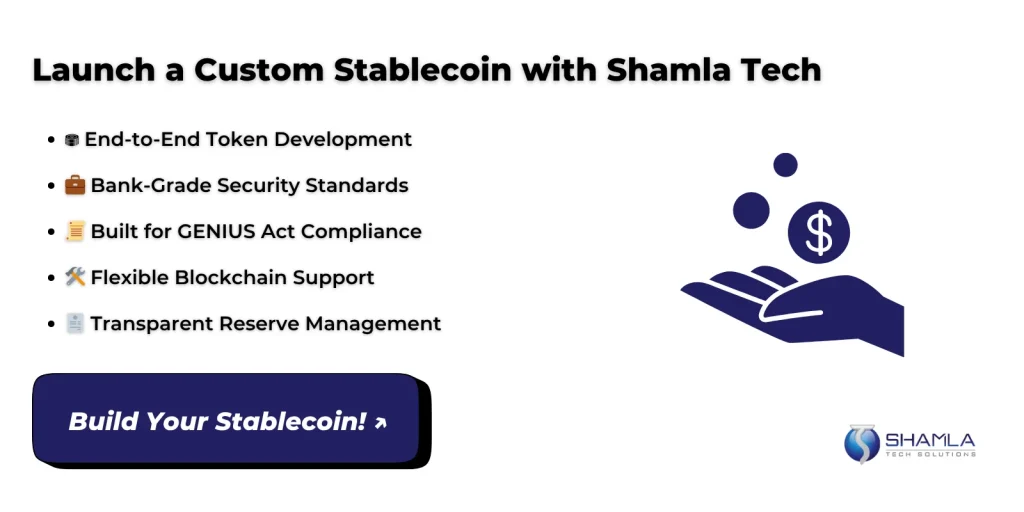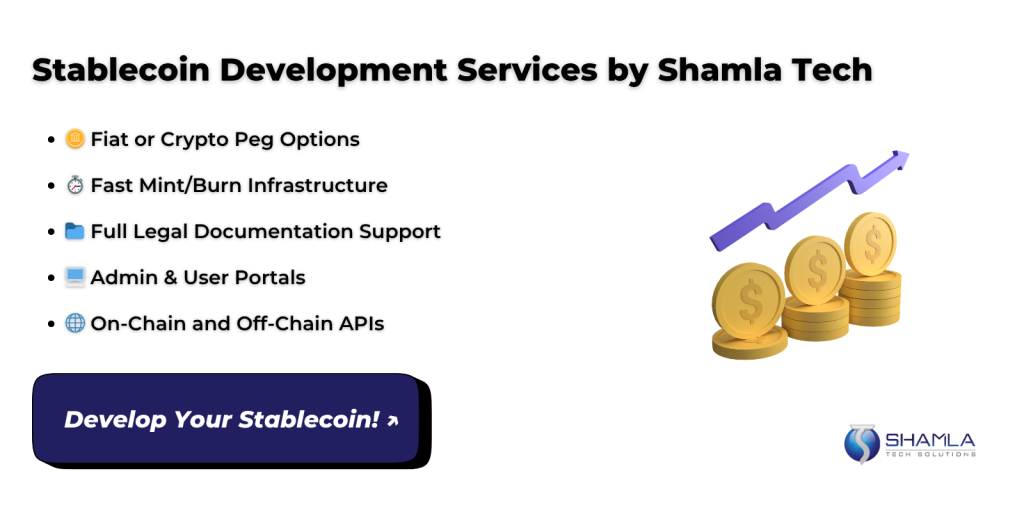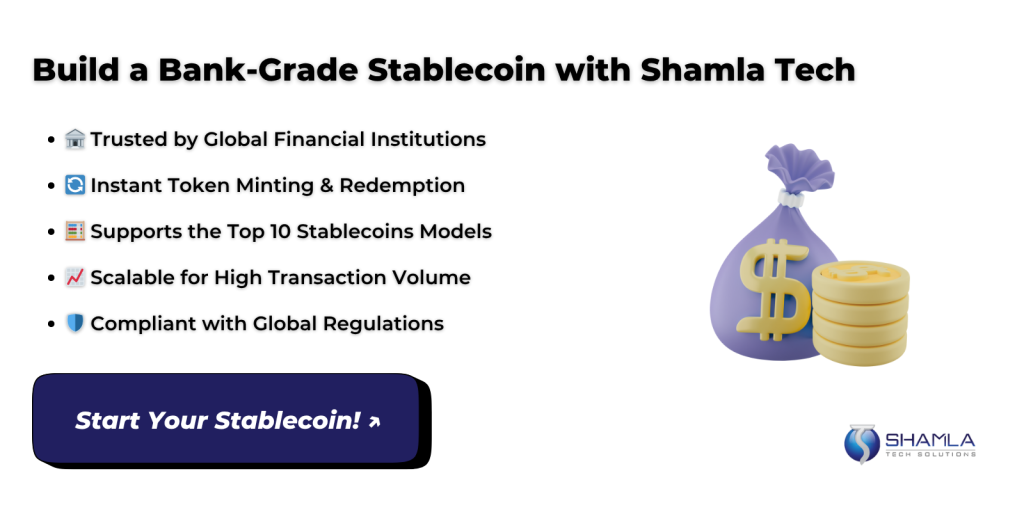JPMorgan and BofA: The Banking Shift Toward Stablecoins
Reasons Behind The Banking Shift Toward Stablecoins:
- Instant Settlement: Banks plan tokenized dollar transfers to clear interbank payments in seconds instead of hours, cutting reliance on legacy clearing systems and reducing settlement risk.
- Liquidity Optimization: By locking reserves in on-chain accounts, banks can monitor
collateral in real time, freeing up capital and lowering funding costs for clients. - Cost Efficiency: Token moves replace multiple intermediaries in payment chains, trimming fees by up to 70% while maintaining compliance through built-in audit logs.
- Cross-Border Reach: Stablecoins can bridge global accounts without SWIFT delays,
enabling fast, transparent forex exchanges at predictable rates for corporate customers. - Regulatory Alignment: Both banks are engaging with the Office of the Comptroller and SEC to embed KYC/AML checks into smart contracts, ensuring tokens meet existing banking rules.
Why Banks Are Embracing Stablecoins in 2025
1. Faster Transactions
2. Lower Operational Costs
3. Enhanced Transparency
4. Programmable Finance
5. Competitive Differentiation
JPMorgan’s Onyx Platform and Stablecoin Innovation
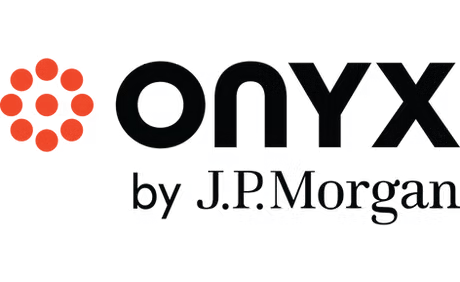
Here are the key features of JPMorgan’s Onyx Platform:
- Permissioned Network: Onyx uses a private blockchain where only approved nodes can validate transactions. This control ensures data privacy, compliance with bank secrecy laws, and network security. Nodes include JPMorgan branches and select corporate clients. Permissioned access also allows the bank to implement KYC at the protocol level, speeding up onboarding while meeting global AML standards. With this model, Onyx balances decentralization benefits with required oversight for financial institutions.
⦁ Treasury-Backed Collateral: Every token minted on Onyx is fully backed by short-term U.S. Treasuries held in segregated accounts. This design ensures price stability and regulatory alignment. Clients can audit reserve reports daily, verifying that tokens remain 1:1 with government notes. By using high-quality liquid assets, JPMorgan maintains a low risk profile and meets potential capital requirements under emerging stablecoin regulation. This collateral model sets a robust template for other banks’ stablecoin development projects.
⦁ API Integration: Onyx offers RESTful APIs connecting token operations with existing treasury management systems. Corporations can programmatically mint, transfer, or redeem tokens directly from their ERP or trading platforms. Real-time balance checks and transaction confirmations feed back into client dashboards, enabling automated reconciliation and straight-through processing. This tight integration accelerates adoption among tech-savvy corporate treasurers.
⦁ Compliance-First Design: JPMorgan built Onyx to meet evolving stablecoin regulation. Smart contracts include built-in KYC/AML checks and transaction limits. Any transfer triggers identity verification using standard banking protocols. The platform logs all activity for audit trails, satisfying regulatory reporting requirements. By aligning with the Fed’s guidelines for digital assets, Onyx aims to secure conditional approvals from regulators, paving the way for mainstream use in corporate and interbank markets.
⦁ Scalability Roadmap: Onyx is engineered to handle thousands of transactions per second, matching existing payment networks. The platform uses sharding and parallel processing to scale across regions. Future upgrades include cross-chain bridges to public networks for broader interoperability. By integrating with other banks’ ledgers, Onyx could become the backbone of a new real-time, global settlement layer. This vision underscores JPMorgan’s drive to lead in bank-issued digital currency solutions.
Bank of America’s Approach to Stablecoin Integration
The New Approach of Bank of America to Stablecoin Integration:
- Chartered Issuer Model: BoA plans to issue its token under a banking charter, meaning every token is a direct claim on the bank’s deposit book. This model contrasts with non-bank issuers that rely on custodians. A chartered approach simplifies regulation, as BoA falls under standard banking oversight. Clients gain FDIC-style protections under proposed stablecoin rules. This in-house design gives BoA full control over minting, reserves, and audit processes.
- Pilot Use Cases: Current tests include tokenized money market funds and real-time wholesale transfers between BoA branches. In pilots, treasury clients convert cash sweeps into tokens for instant internal settlement. This reduces intraday borrowing needs and trims daylight overdraft fees. Early results show a 50% cut in funding costs. BoA plans to expand pilots to cross-border corporate payments by pairing tokens with forex smart contracts.
- Tech Stack: Bank of America uses a private DLT network based on Hyperledger Fabric. The network supports modular chaincode for token logic and compliance checks. BoA’s Digital Assets team built custom smart contracts to enforce reserve ratios and KYC on mint/redemption. Integration with existing payment gateways ensures clients can manage tokens alongside wire transfers and ACH, all from a single treasury portal.
- Partnerships & Interoperability: BoA is in talks with other banks and fintechs to join its token network, aiming for a shared ledger. Interoperability bridges would link BoA tokens with other bank-issued coins and top 10 stablecoins like USDC and Tether. By fostering a multibank ecosystem, BoA hopes to drive network effects, expand transaction volume, and lower entry barriers for corporate users seeking digital rails.
- Risk Controls: Strong governance underpins BoA’s plan. Token operations will be overseen by a dedicated board with internal audit, risk, and compliance representatives. Smart contracts include throttles to limit daily minting and redemption. Automated alerts flag anomalies, feeding into the bank’s existing risk platform. This layered control approach ensures tokens comply with both BoA’s policies and emerging federal stablecoin regulation.
Regulatory Support and the GENIUS Act’s Role
1. Clear Legal Framework
2. Consumer Protections
3. Regulatory Oversight
4. Cross-Border Harmonization
5. Innovation Incentives
What This New Stablecoin Adoption Means for the Future of Banking and Crypto
1. Blockchain-Native Payments
2. New Revenue Streams
3. Improved Risk Management
4. Wider Ecosystem Collaboration
5. Mainstream Digital Assets
Conclusion
2025 marks the year legacy banks fully embraced stablecoin adoption, blending crypto speed with banking trust. JPMorgan’s Onyx and Bank of America’s chartered token plans prove that digital dollars are now core payment rails. Regulatory clarity via the GENIUS Act and USDC adoption furthers retail use of stablecoins, opening new markets. For businesses and developers, there’s no better time to join this revolution, especially as the cost of stablecoin development continues to be feasible, making it more accessible than ever.
Shamla Tech is a top stablecoin development company offering the best stablecoin development services. We’ve built secure, compliant stablecoins for clients worldwide, enabling faster, cheaper transactions and seamless integration into existing finance systems.
Contact us today to get a completely free consultation and a custom quote to Develop your own Stablecoin in 2025!


